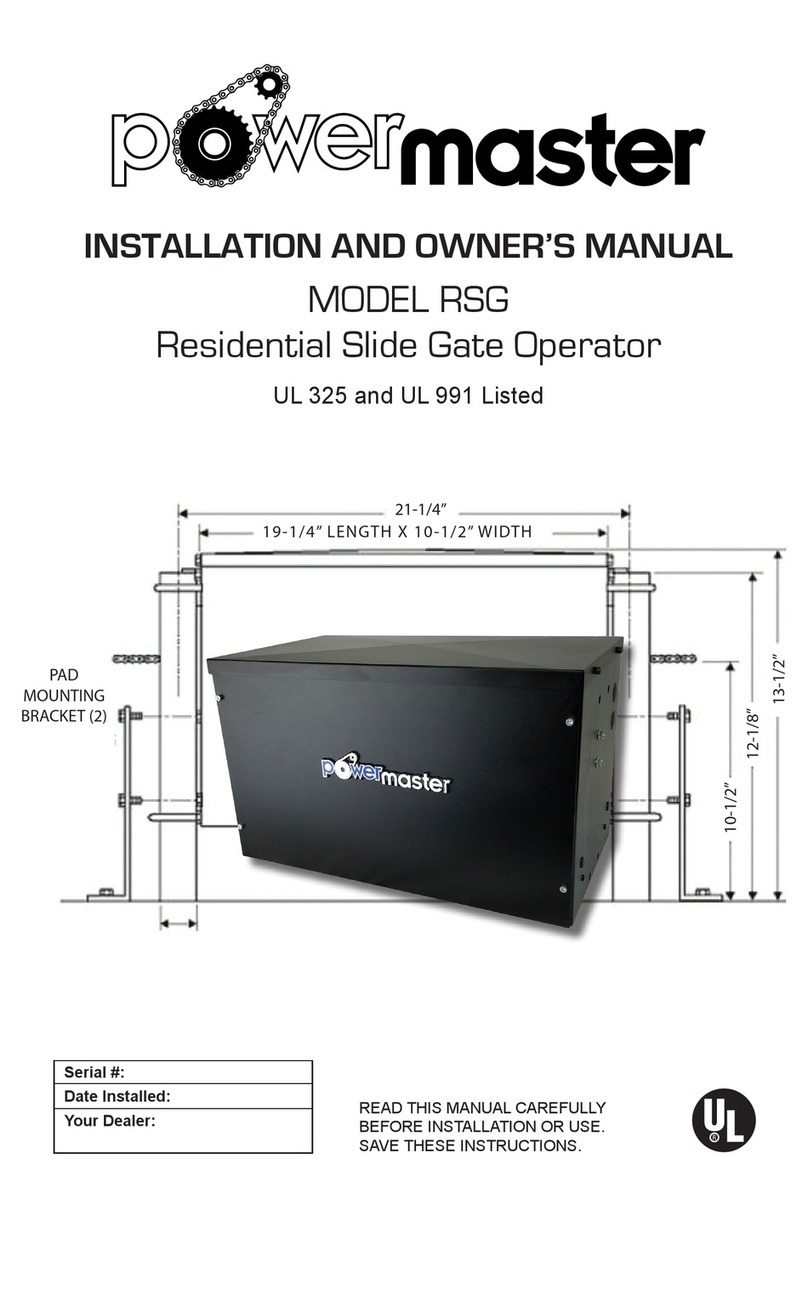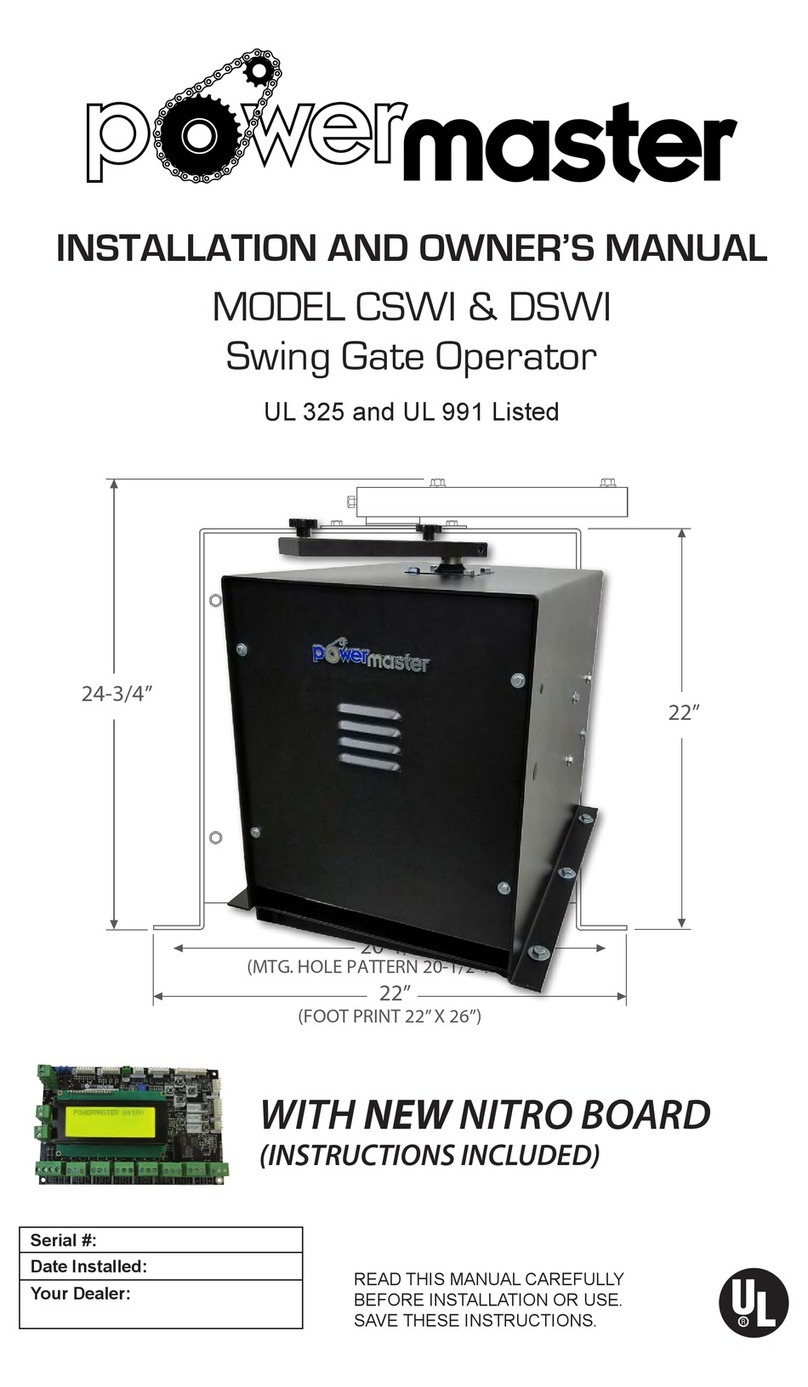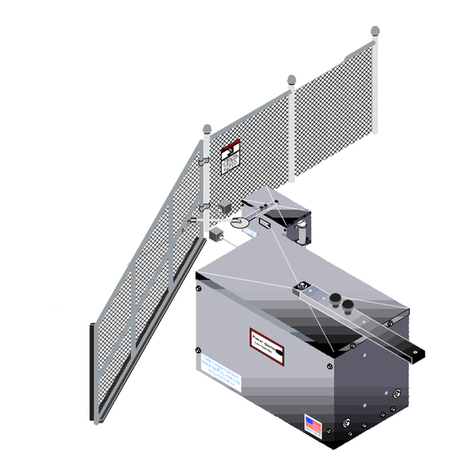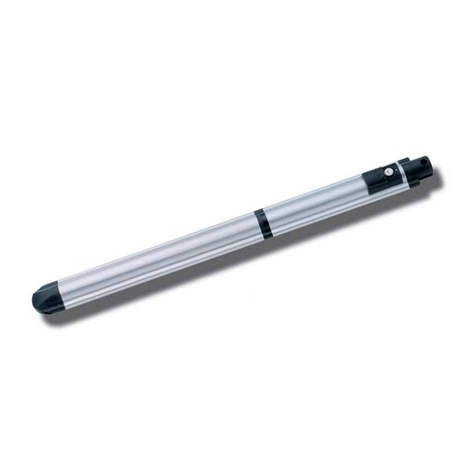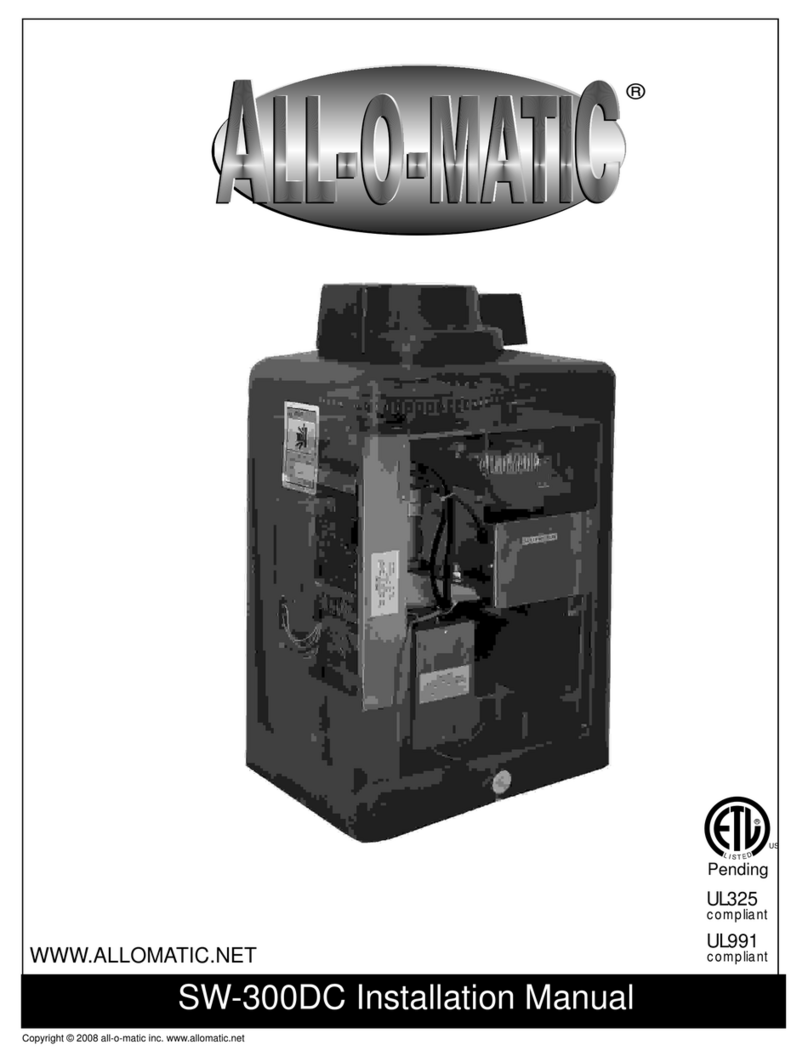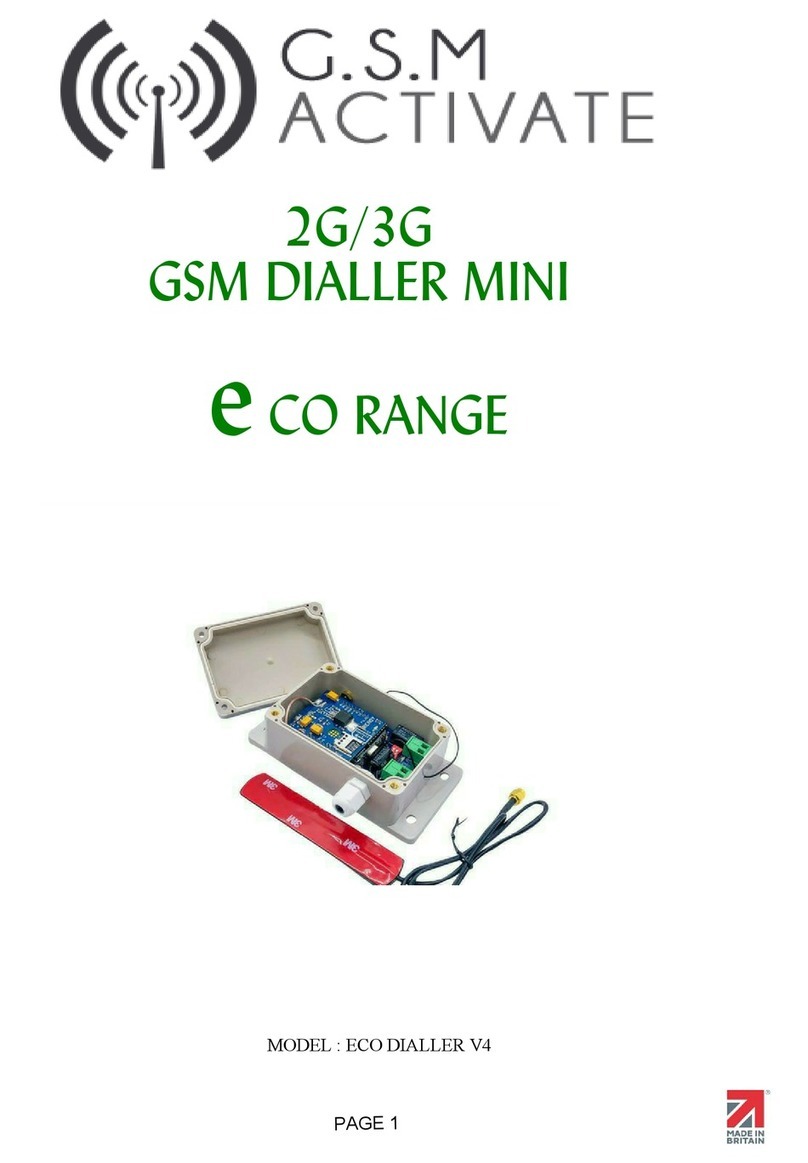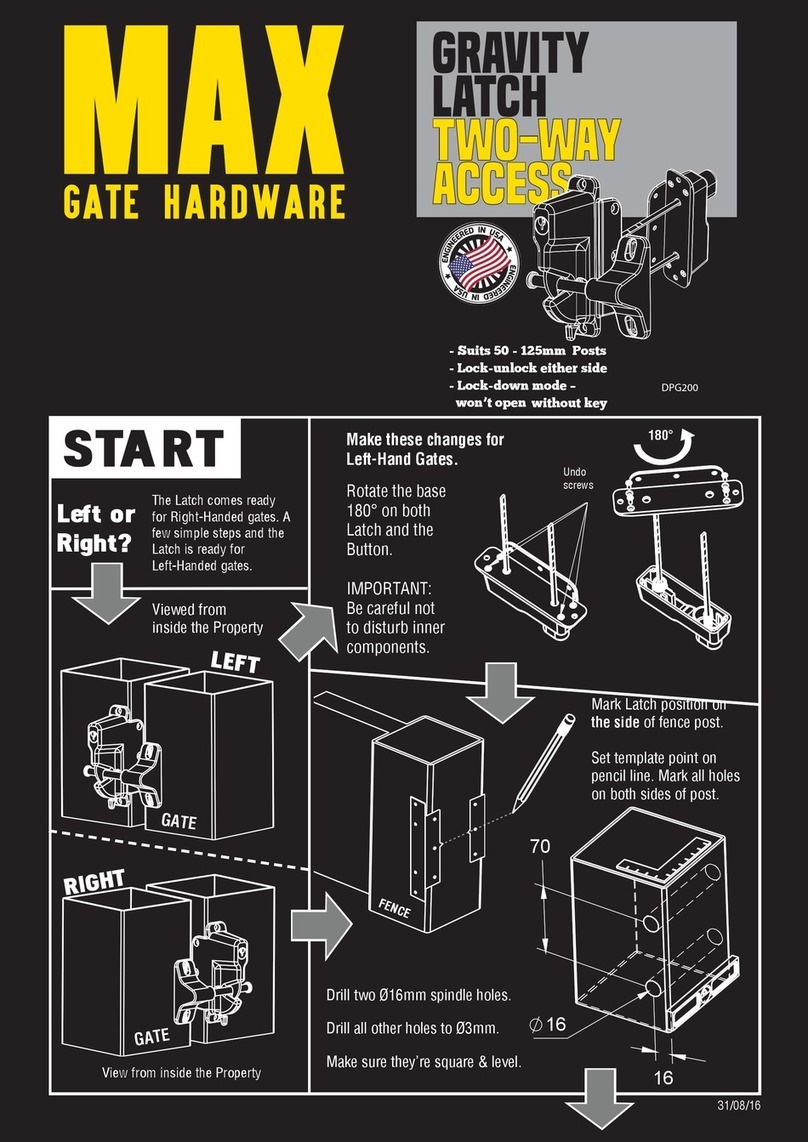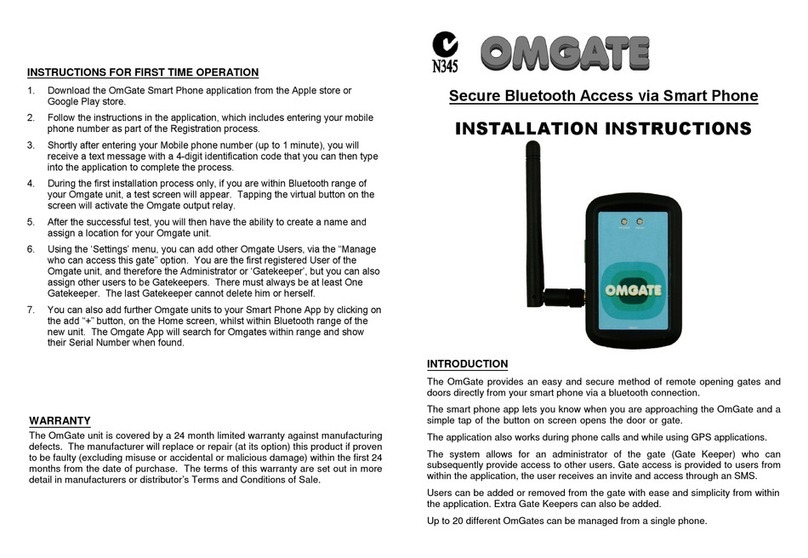Power Master SG 2004 Installation instructions




















Other manuals for SG 2004
1
Table of contents
Other Power Master Gate Opener manuals

Power Master
Power Master ASW Installation instructions
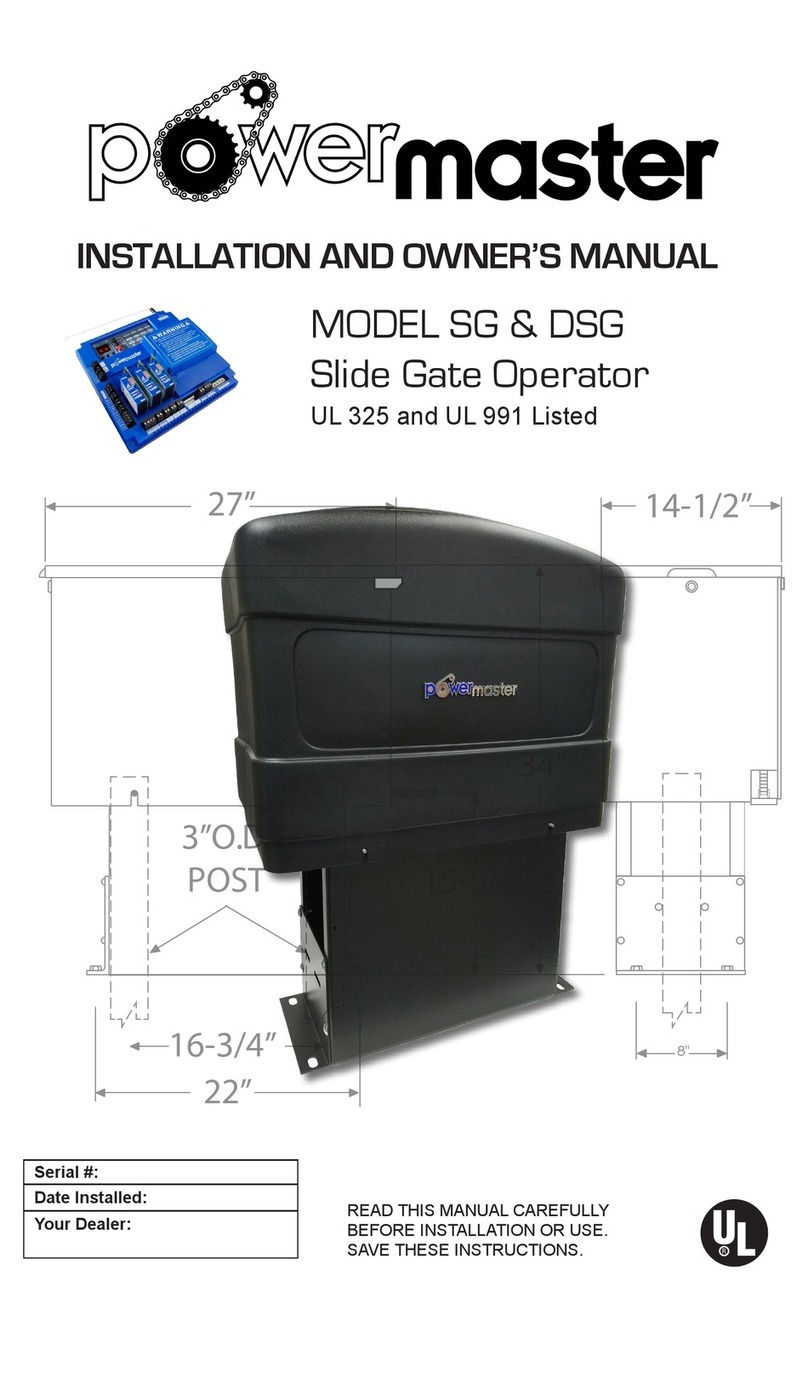
Power Master
Power Master SG Operating instructions

Power Master
Power Master CSWC User manual
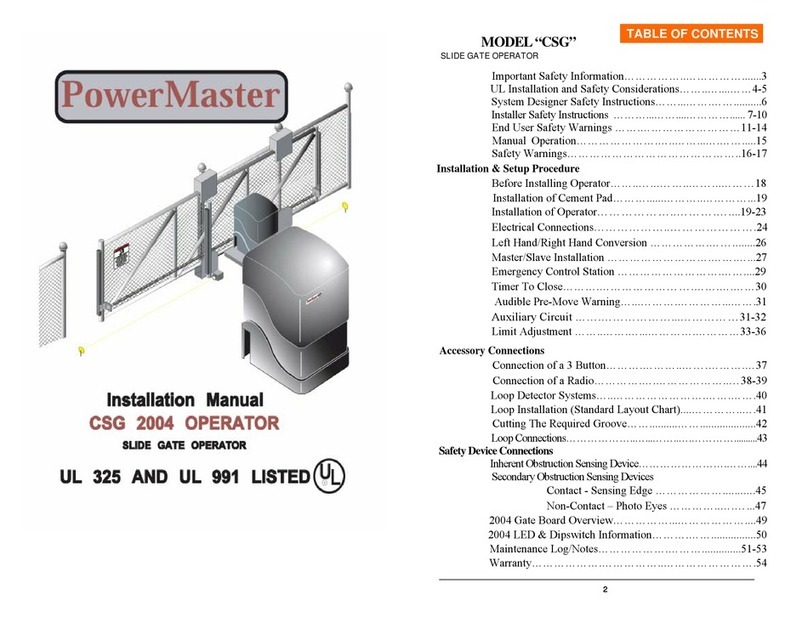
Power Master
Power Master CSG 2004 User manual
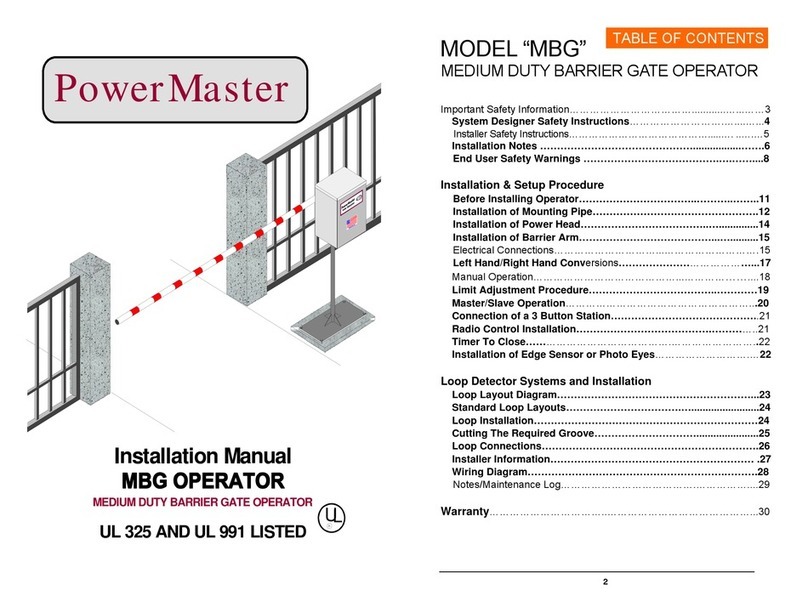
Power Master
Power Master MBG User manual
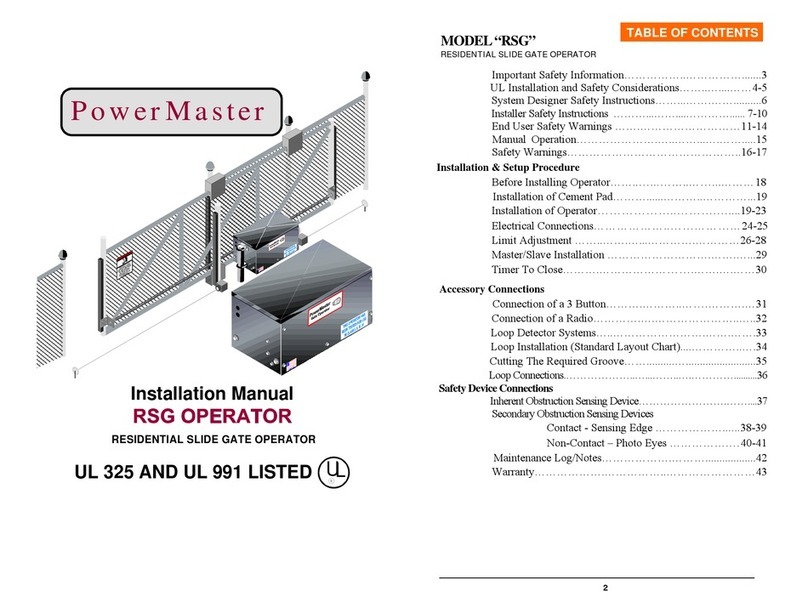
Power Master
Power Master RSG User manual
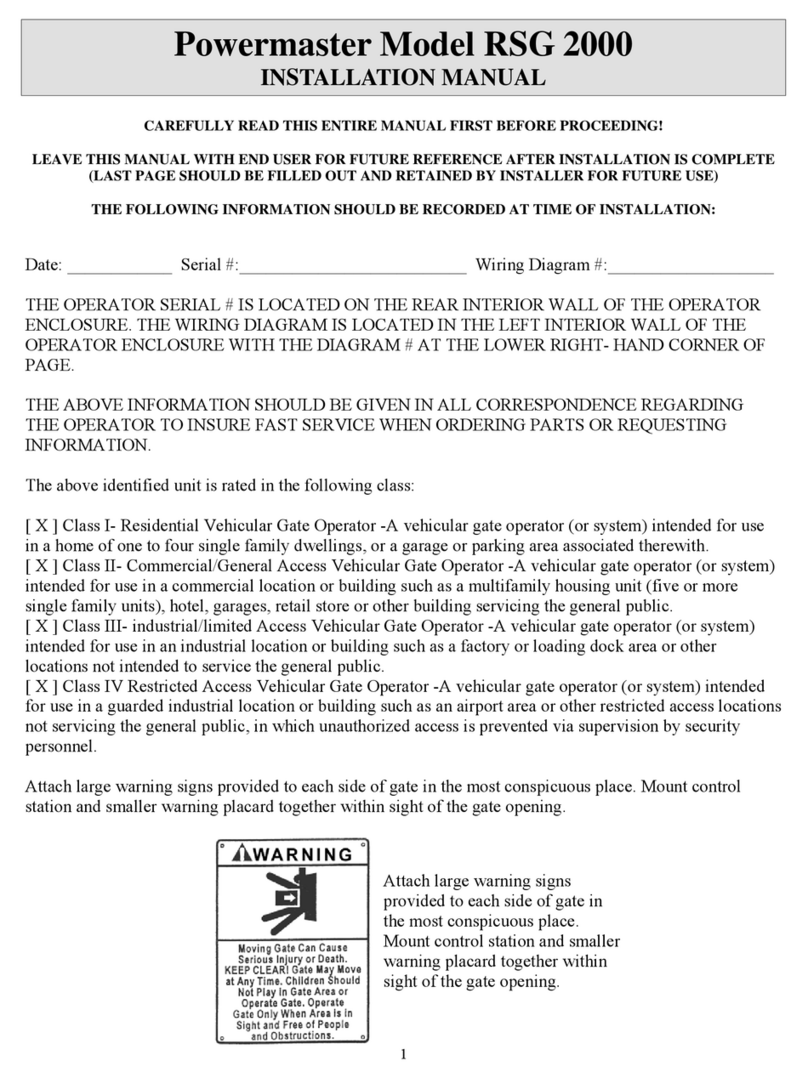
Power Master
Power Master RSG 2000 User manual
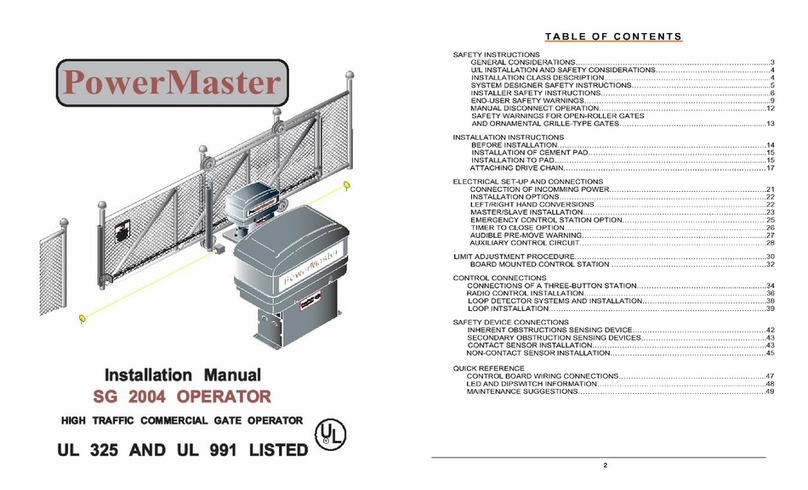
Power Master
Power Master SG 2004 User manual
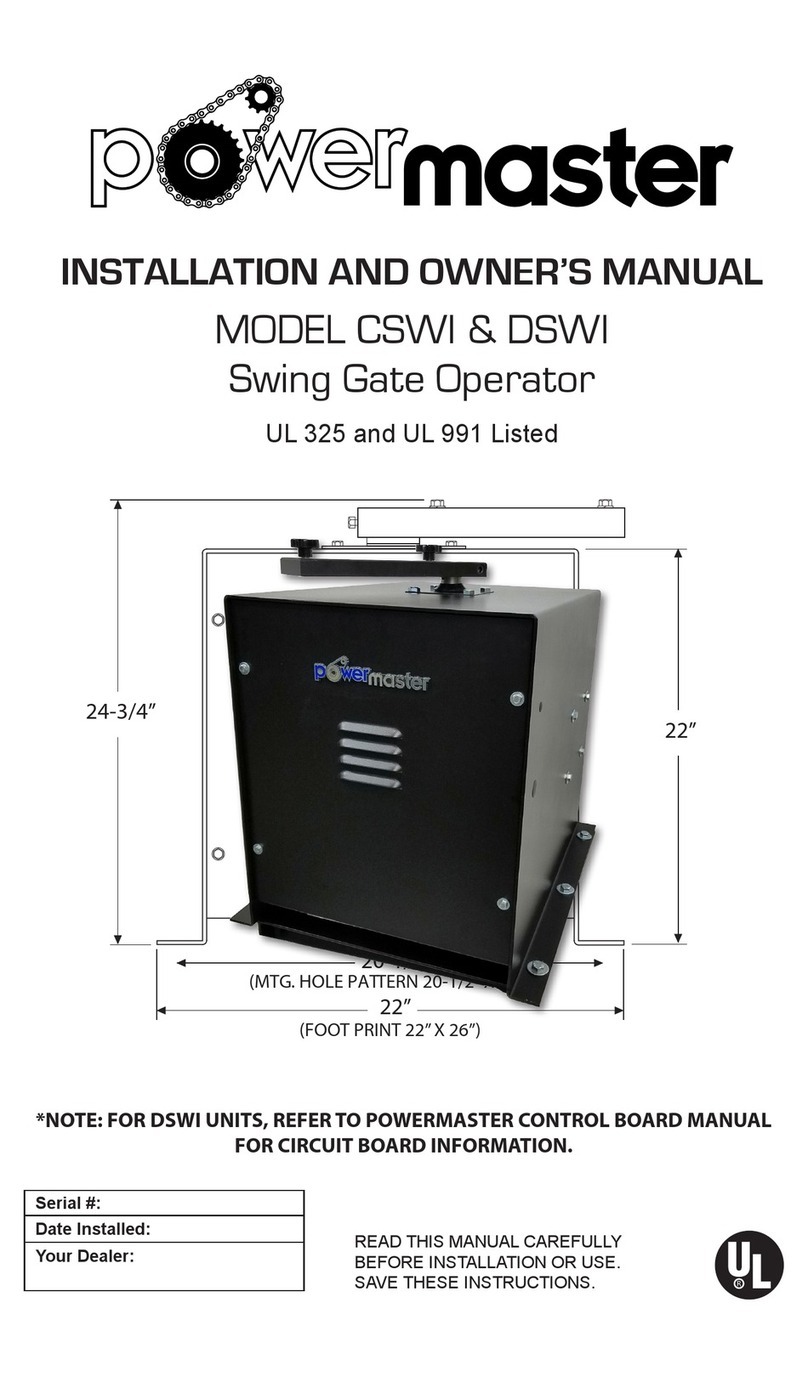
Power Master
Power Master DSWI Installation instructions
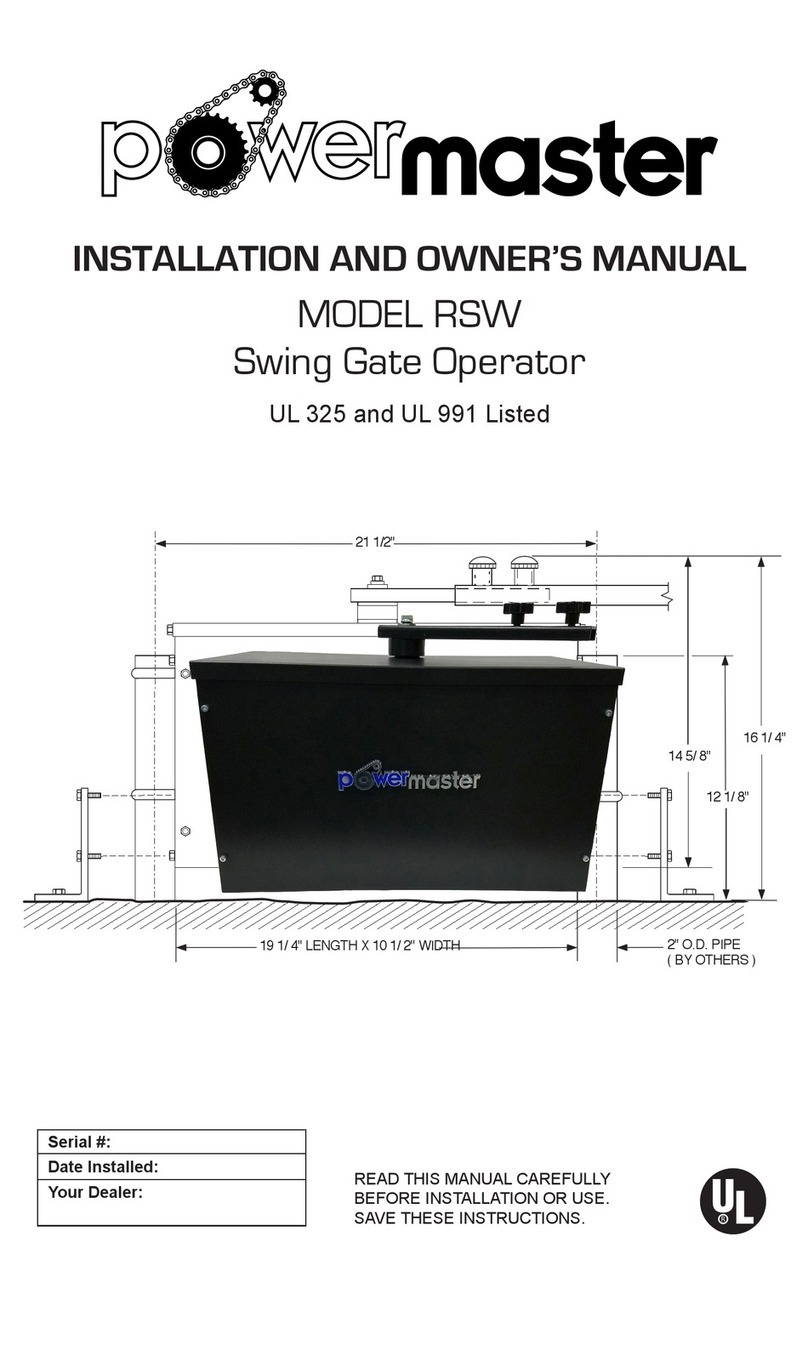
Power Master
Power Master rsw Installation instructions
Popular Gate Opener manuals by other brands
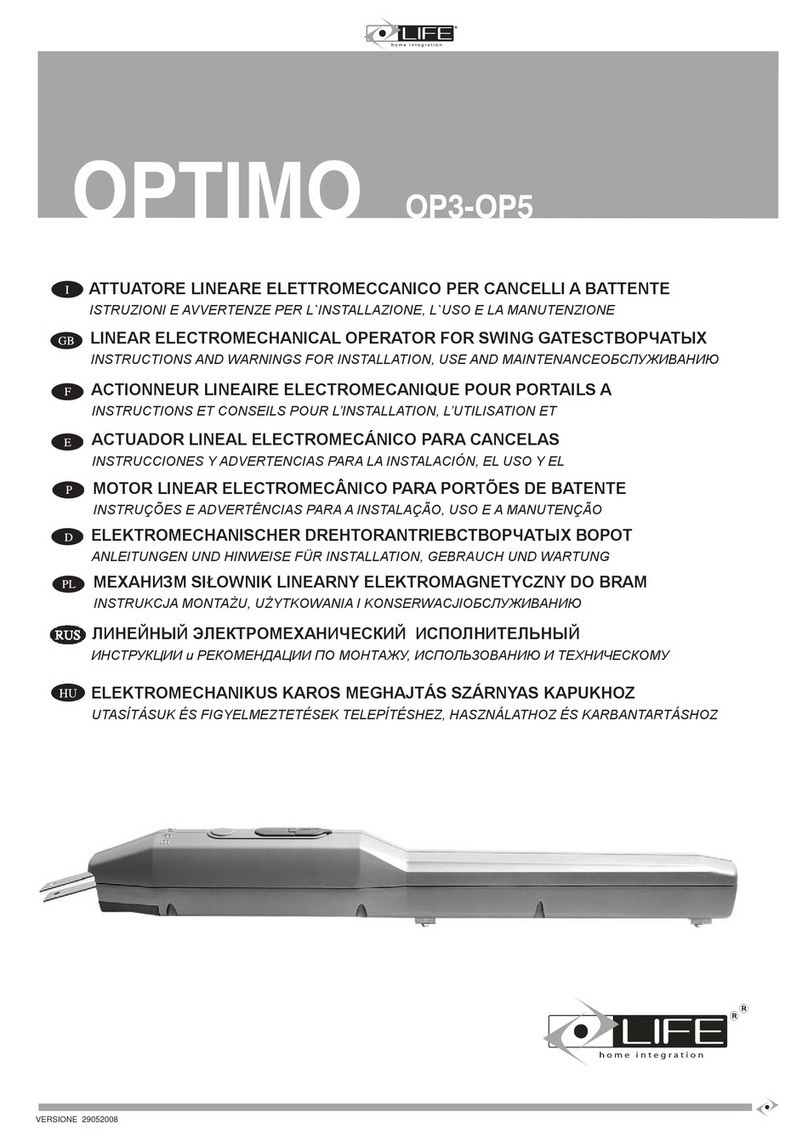
Life
Life Optimo OP3 Instructions and warnings for installation, use and maintenance
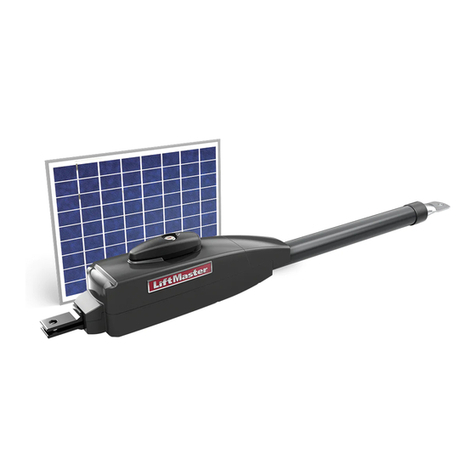
Chamberlain
Chamberlain LA412PKGUL instruction manual

fadini
fadini HINDI 880 EVO instruction manual

Beninca
Beninca DU.IT14N Operating instructions and spare parts catalogue
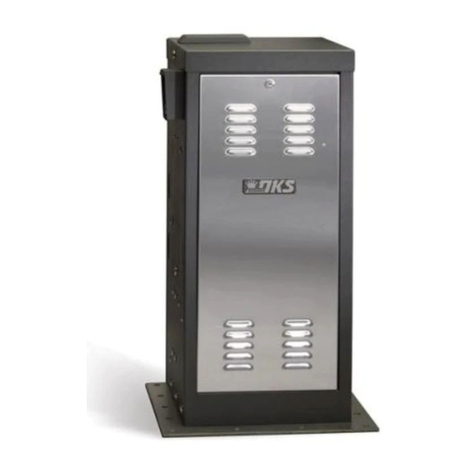
DKS
DKS 9210 owner's manual
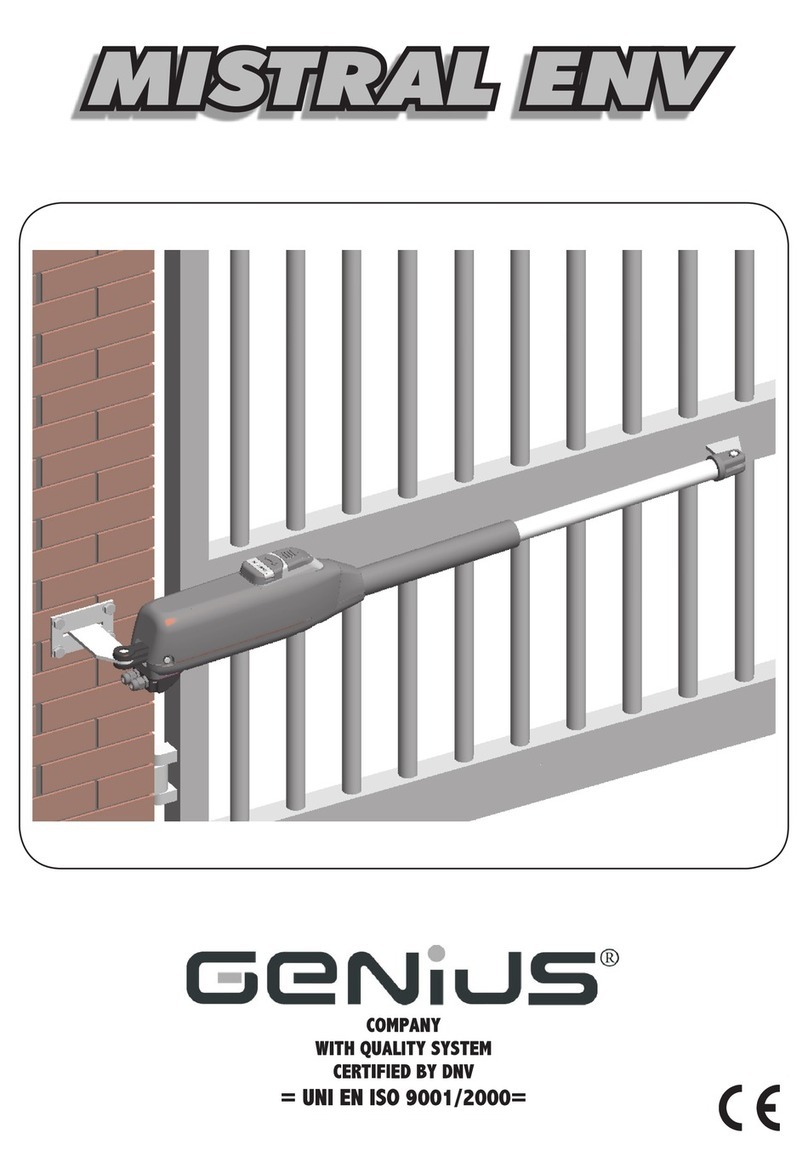
Genius
Genius MISTRAL ENV manual
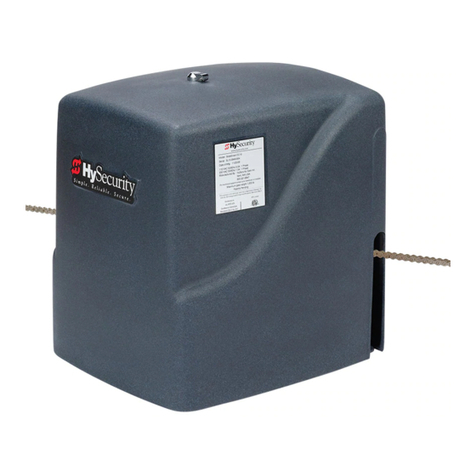
HySecurity
HySecurity SlideSmart DC 15 Installation and maintenance manual
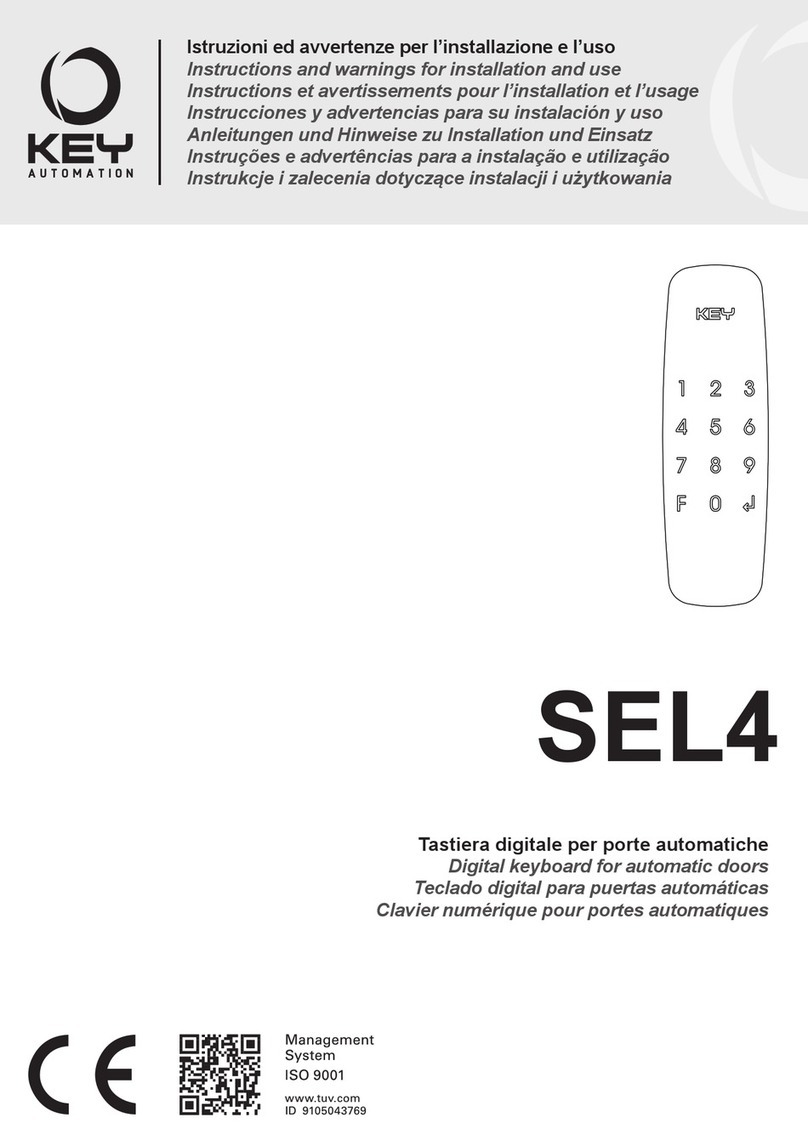
Keyautomation
Keyautomation SEL4 Instructions and warnings for installation and use

Elite
Elite Robo Slide instruction manual
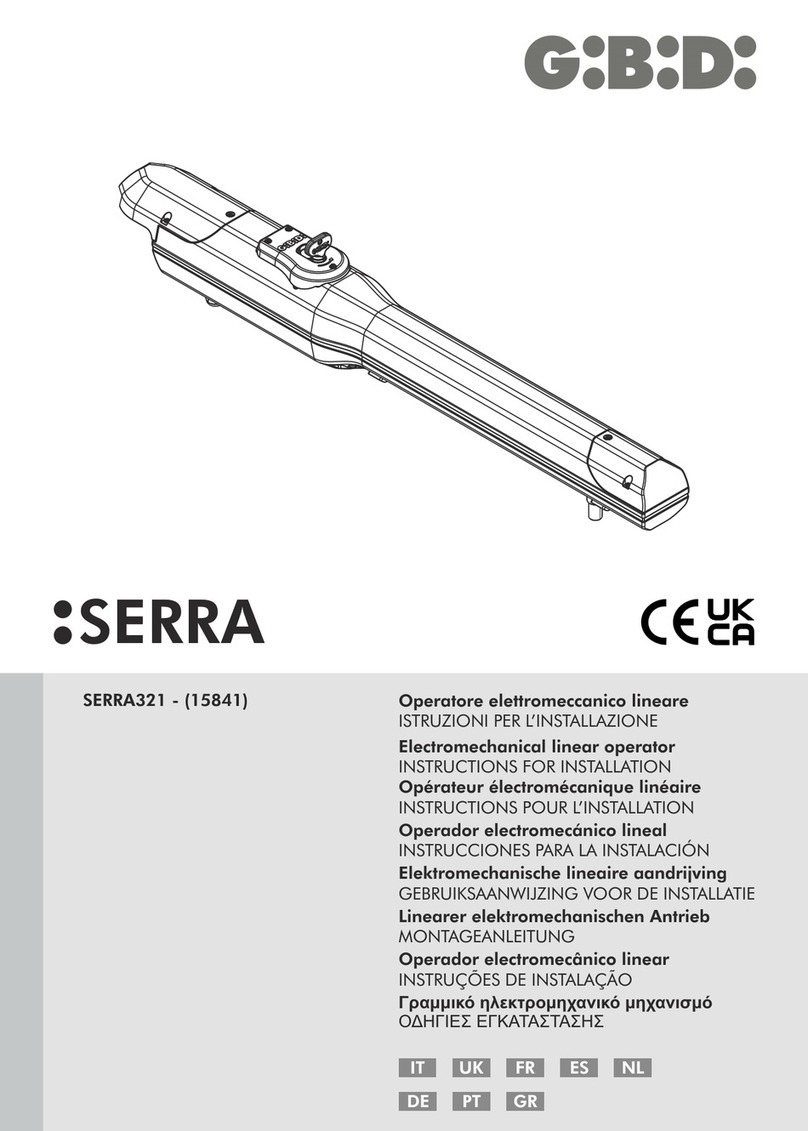
GiBiDi
GiBiDi SERRA321 Instructions for installation
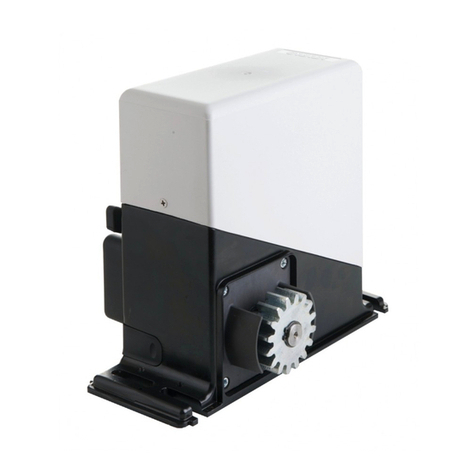
GiBiDi
GiBiDi PASS 600 Instructions for installation
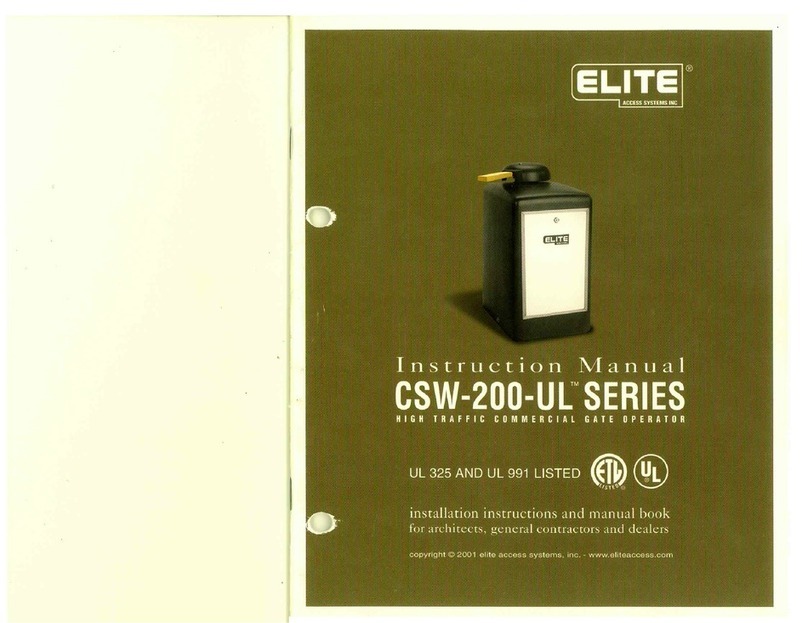
Elite
Elite CSW200UL instruction manual
